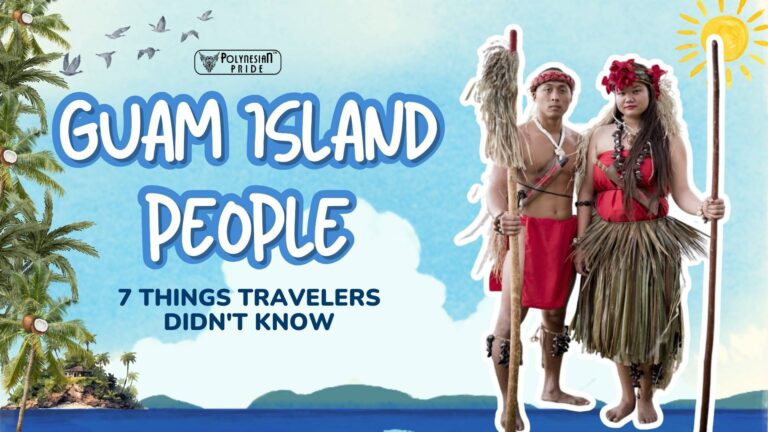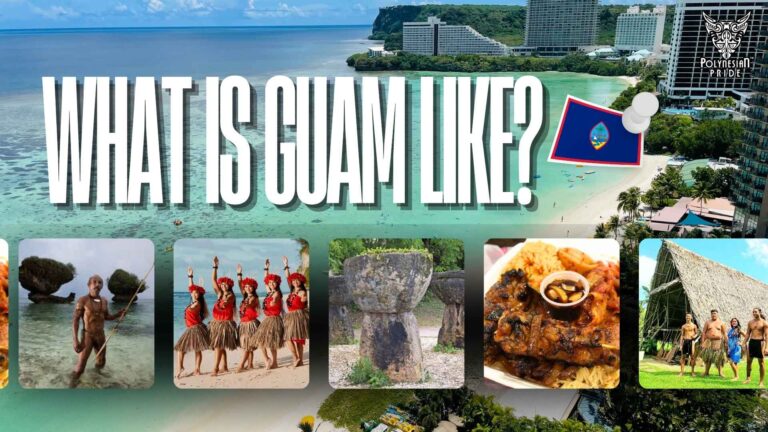New Caledonia Flags – The Two Symbols That Define a Nation

Tucked away in the South Pacific, New Caledonia is a breathtaking French island territory that beautifully blends European influence with Melanesian cultural roots. Though it remains part of France, the archipelago proudly upholds its distinct identity, where traditional Kanak customs and French modernity coexist. What truly sets New Caledonia apart is its rare choice to fly two official flags — the French Tricolor and the Kanak flag — side by side, symbolizing the harmony between two peoples and two histories.
Let’s explore the story of the New Caledonia flag, which unfolds through its vivid colors, ancestral symbols, and deep meaning — a powerful emblem of unity, pride, and the island’s evolving path toward self-determination.
Why New Caledonia Has Two Official Flags?
New Caledonia’s use of two official flags reflects its unique political and cultural situation: a territory that remains part of France while also recognizing the deep-rooted identity of its indigenous Kanak people.
- The French Tricolour symbolizes the island’s status as a French overseas collectivity and its constitutional link and shared institutions with France.
- The Kanak flag, on the other hand, represents the local population’s cultural pride and aspiration for recognition, especially tied to the FLNKS independence movement.
- In 2010, the dual-flag arrangement was formally adopted to acknowledge both heritages — French and Kanak — as integral to New Caledonia’s present and future.
This coexistence was not just a political decision but a gesture of respect and reconciliation, illustrating how two identities can share one land without erasing each other.


Design and Meaning of the New Caledonia’s Flag
The Kanak flag, also known as the FLNKS flag (Front de Libération Nationale Kanak et Socialiste), features a design rich in cultural meaning and historical resonance. Its layout consists of three horizontal stripes — blue, red, and green — with a yellow disc slightly offset toward the hoist, bearing a black flèche faîtière (customary arrow), the traditional Kanak rooftop spear symbol. Some variations include a thin black border around the disc, though the official version typically does not.
Each color and symbol reflects the spirit and heritage of the Kanak people:
- Blue represents the ocean and the sky, surrounding and protecting the island, which is essential to life in the South Pacific.
- Red stands for unity, courage, and the struggles of the Kanak people in their pursuit of identity and independence.
- Green symbolizes the land and the ancestors, expressing deep respect for nature and the sacred connection to ancestral soil.
- The Yellow disc signifies the sun, source of warmth, life, and renewal.
- The Black flèche faîtière, a customary Kanak emblem, embodies the spiritual and cultural strength of the Kanak community. It is often placed atop traditional huts to represent ancestral guidance and protection.
Together, these elements form a powerful statement of Kanak flag symbolism, linking nature, spirituality, and resistance — a visual expression of New Caledonia’s identity symbols and the enduring hope of the New Caledonia independence movement.

Historical and Political Background
The evolution of the New Caledonia flag cannot be separated from the territory’s complex political journey — one shaped by colonial history, cultural revival, and ongoing discussions about independence. The flag reflects decades of negotiation between France and the Kanak people, as well as the struggle for artistic recognition.
Origins and Recognition of the Kanak Flag
In the late 1970s and early 1980s, the indigenous Kanak population began to call for greater autonomy and acknowledgment of their ancestral heritage.
In 1984, the FLNKS was established, marking a turning point in the independence movement in New Caledonia. The organization represented the collective voice of the indigenous Kanak population, seeking greater political representation and recognition of their cultural identity under the name Kanaky.
The Kanak flag was created as a visual symbol of that identity — a proud emblem of Melanesian cultural heritage and self-determination.
Following periods of unrest and negotiation, two landmark agreements — the Matignon Agreements (1988) and the Nouméa Accord (1998) — paved the way for political balance between the Kanak and pro-France communities. These accords also recognized New Caledonia’s special status as a French overseas collectivity, with its own symbols and growing autonomy.
By July 2010, the Congress of New Caledonia officially approved the dual-flag arrangement, allowing the Kanak flag to be flown beside the French Tricolour. This moment represented not only political progress but also cultural reconciliation — an acknowledgment that both heritages form the heart of New Caledonia’s modern identity symbols.

Social Impact and Ongoing Debate
The dual-flag arrangement quickly became a powerful symbol of coexistence, yet it also sparked deep conversations about the future of New Caledonia. Some viewed the coexistence as temporary, believing New Caledonia should ultimately design a single national flag representing all communities.
However, others questioned whether maintaining two separate flags might highlight division rather than unity. The discussion about creating a single, unified national flag continues, especially following the independence referendums held under the Nouméa Accord.
Today, the French Tricolour and Kanak flag still fly together, representing not only political coexistence but also the island’s ongoing dialogue about identity, belonging, and the future of New Caledonia.

The Flag’s Role in Modern New Caledonia
The two flags of New Caledonia — the French Tricolour and the Kanak flag — have evolved beyond politics and history to become an inseparable part of everyday life. They are seen not only as emblems of governance but as living symbols woven into the island’s social, cultural, and emotional fabric.
A Living Symbol in Daily Life and Community Events
In modern New Caledonia, the two flags are no longer confined to government buildings — they have become part of the island’s social rhythm and collective identity. Both the French Tricolour and the Kanak flag appear in moments of celebration, learning, and togetherness, symbolizing how deeply national and cultural pride are woven into everyday life.
You can see their presence throughout the islands:
- Public and educational institutions display both flags, reminding students and citizens of their dual heritage.
- Community festivals and national celebrations showcase the Kanaky flag in traditional dances, songs, and processions, celebrating the connection between land, ancestors, and people.
- Sports events, especially football and rugby matches, fans proudly wave the Kanak flag alongside the French one, cheering under both colors that together represent shared identity and respect.
- Cultural tourism and art embrace the flag’s colors in souvenirs, handicrafts, murals, and exhibitions, promoting New Caledonia’s identity to the world.
- Local villages and markets proudly raise the Kanak flag as a daily affirmation of belonging and shared pride.
Together, these displays create a living portrait of a society that embraces both modern governance and ancestral heritage. The flags have transcended politics, becoming everyday symbols of respect, cultural expression, and unity in the heart of the South Pacific.

Emotional Connection and Vision for the Future
For the people of New Caledonia, the sight of the two flags waving together carries a deep emotional weight.
- The Kanak flag awakens a sense of pride and remembrance — it recalls the struggles of their ancestors, the strength of their culture, and their unbroken connection to the land.
- The French Tricolour, in contrast, evokes feelings of stability, belonging, and the shared values of the Republic.
For many, these two flags fluttering side by side tell the story of a people who have learned to live between heritage and modernity, between tradition and transformation.
Looking toward the future, the island continues to reflect on its political and cultural path. The independence referendums of recent years showed that the question of sovereignty remains complex, yet they also revealed a shared desire for dialogue rather than division.
In the end, they represent a vision of a nation confident in its dual identity, proud of its Kanak soul, and ready to chart its own destiny under the open skies of the South Pacific.
Final Thought: Two Flags, One Spirit
The story of the New Caledonia flag is ultimately one of balance — between past and present, land and sea, France and Kanaky. Two flags, one spirit: a nation still defining itself, yet united by pride, resilience, and the hope of a shared future in the South Pacific.
FAQs
What does the New Caledonia flag look like?
The New Caledonia flag features three horizontal stripes — blue, red, and green — with a yellow disc centered that contains a black flèche faîtière. It symbolizes the ocean, unity, land, and Kanak identity.
Why does New Caledonia have two flags?
New Caledonia has two official flags — the French Tricolor and the Kanak (FLNKS) flag. This dual recognition was established in 2010, following the Nouméa Accord (1998), to represent both French governance and Kanak cultural identity within one territory.
When did New Caledonia officially recognize the Kanak flag?
The Kanak flag was officially recognized by the Congress of New Caledonia in July 2010, making it co-official with the French flag. Both are now flown side by side on public buildings.
Is the New Caledonia flag the same as the French flag?
No. The New Caledonia (Kanak) flag is distinct from the French Tricolor, but both are official. The French flag represents sovereignty, while the Kanak flag represents cultural and indigenous identity.

I am a cultural historian and editor with over 10 years of research into pre-contact Polynesian history, the Lapita migration, and oral traditions. Share the excitement of my latest publications.
My contact:
Email: [email protected]
Tel: +64 21 456 7890






